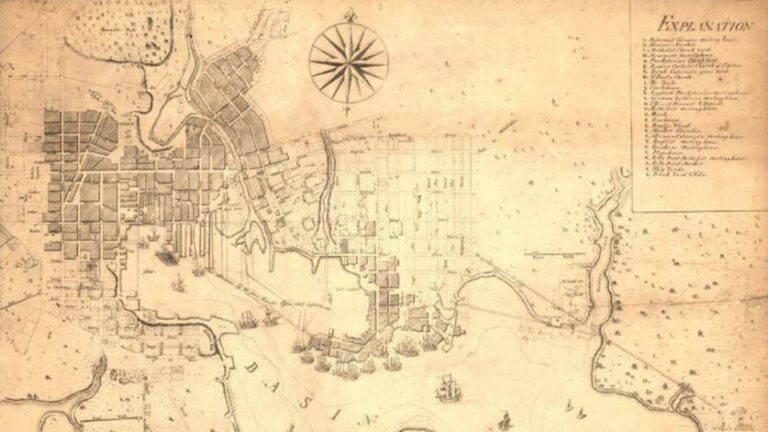Patricia Law Hatcher

June 17, 2024
Locating Your Roots. Discover Your Ancestors USING LAND RECORDS, By Patricia Law Hatcher
Read more

January 30, 2023
“If Your Ancestor Owned Land, Then There’s a Deed,” by William Dollarhide
Read more

April 20, 2020
Transferring Land from Government to Individuals: Model Two: The Colonial Government System
Read more

April 6, 2020
Transferring Land from Government to Individuals: The New England Model By Patricia Law Hatcher
Read more


